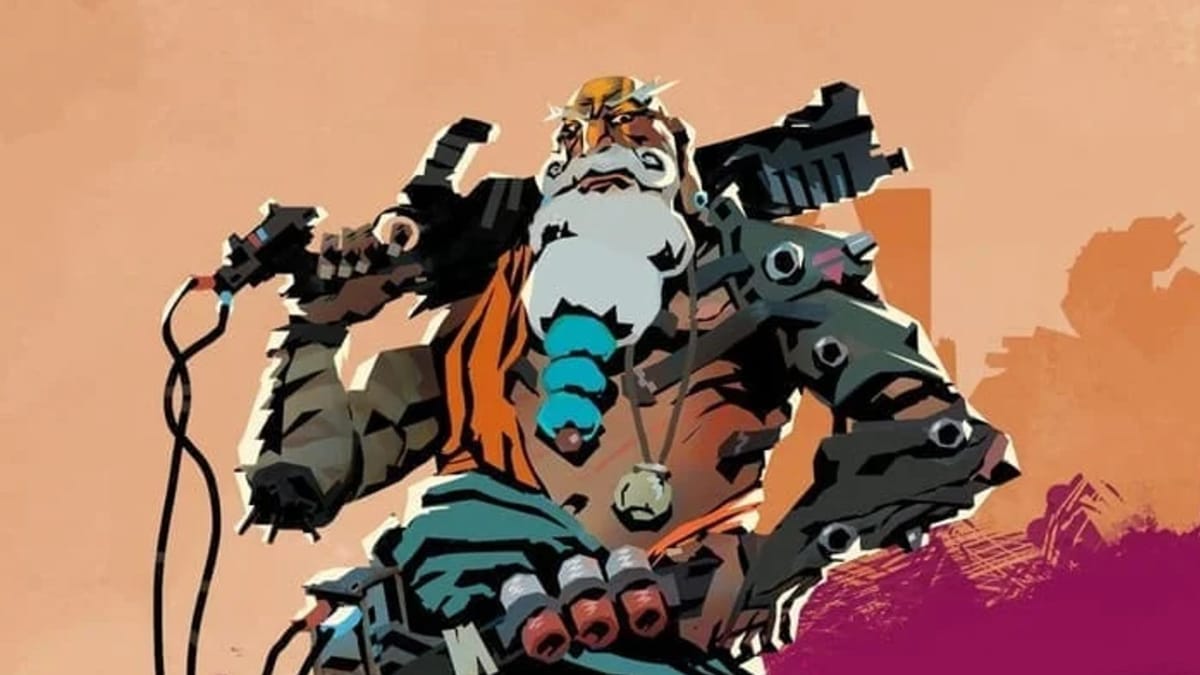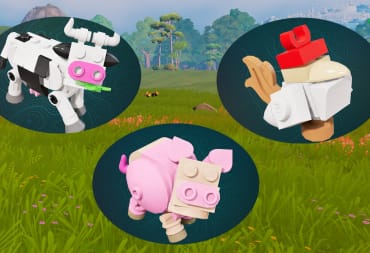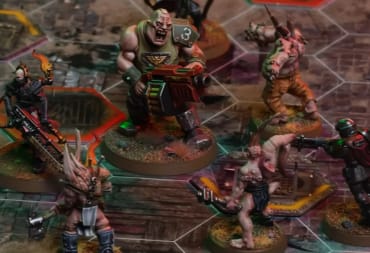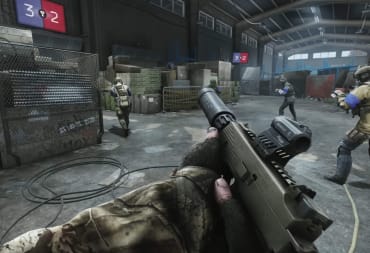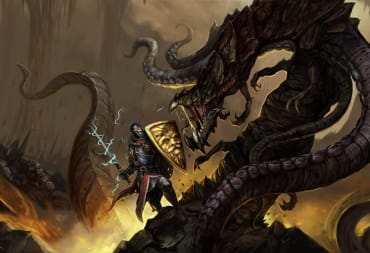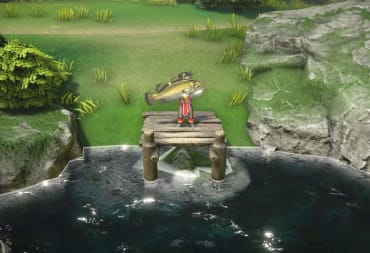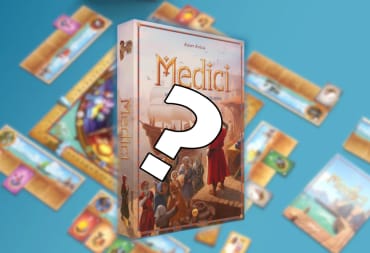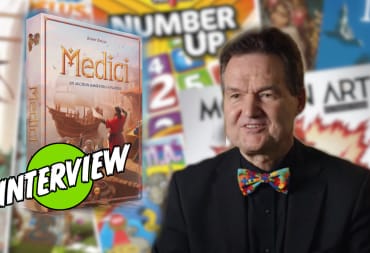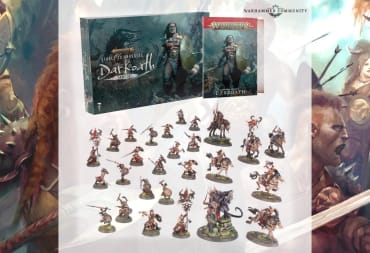The world of Nowhere Prophet takes a lot of inspiration from India, where lead developer Martin Nerurkar spent some time. More specifically, Nowhere Prophet seems to be a prime example of Indofuturism. It's a contrast between the heritage of Indian culture and religion, and the often dystopian emergence of digital technology.
This emergence includes all its effects on society, with social dislocation and fragmentation at the forefront. Yet Indofuturism is more than a sociological analysis; it also manifests itself as fascinating science fiction and digital media. In fact, Nowhere Prophet is probably one of the first games set in an Indofuturistic world, just as We Are The Caretakers is one of the first games set in an Afrofuturistic world.
I love all kinds of science and fantasy fiction in games, but Western ideas of the future (or retrofuture) can go stale as tropes become worn. I welcome more such games as Nowhere Prophet and We Are The Caretakers to inject some much-needed fresh ideas into the genre.
Even if they miss the mark, at least it's worth trying something new. That's why I applaud these experiments in worldbuilding and narrative design. And it's not just a matter of ethnic representation in digital media, which is definitely important, but also about expanding the breadth and reach of what science fiction must accomplish. At its best, science fiction poses questions that are often uncomfortable, looking into the future by reflecting an often dystopian present.
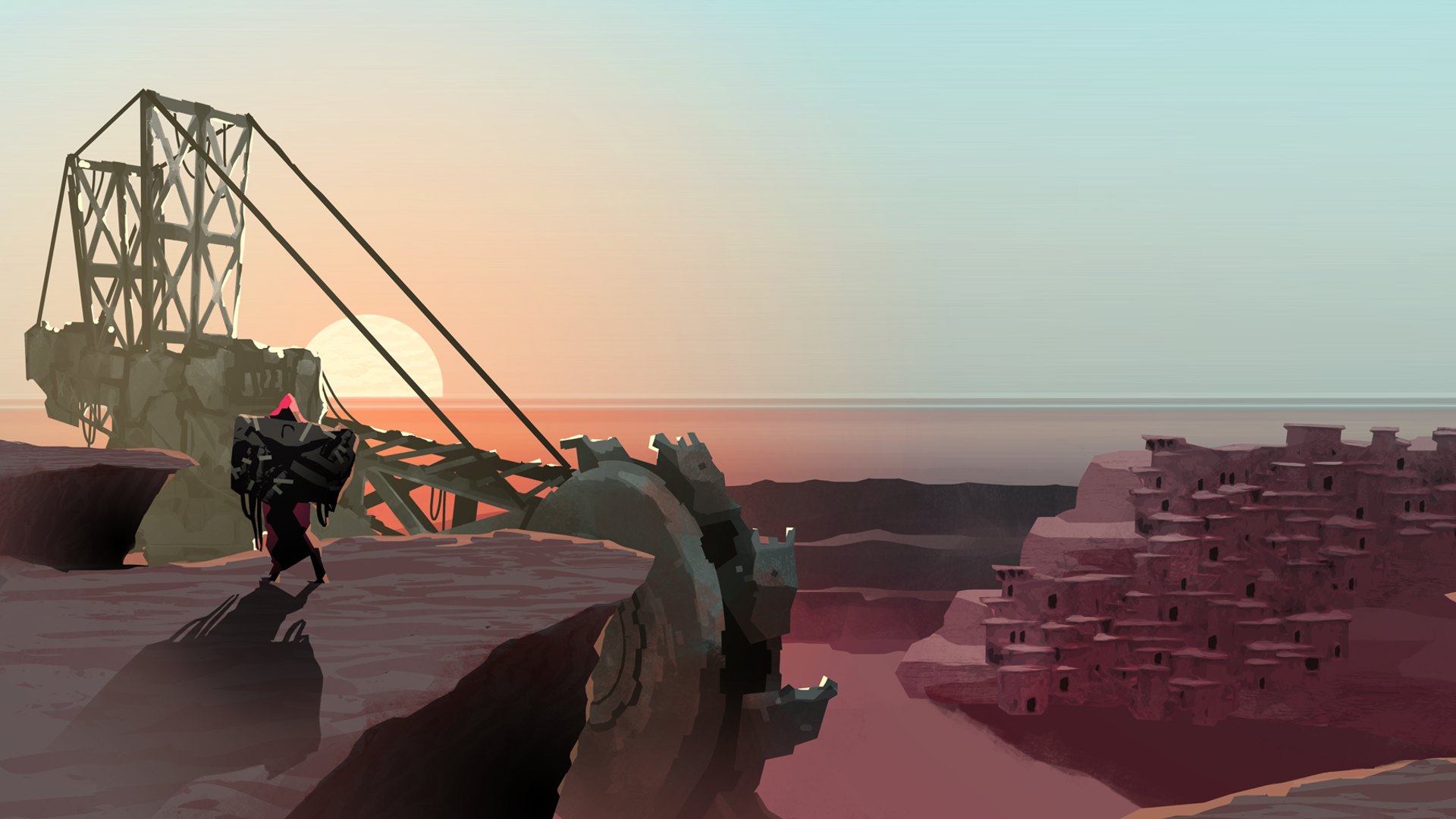
Nowhere Prophet goes beyond the trope of a world where machines have gone awry and staged the collapse of civilization. The game is set on a planet called Soma, which might be a reference to the ritual drink consumed by early Indians. (English writer Aldous Huxley also borrowed the word to refer to the mandatory drug in his science fiction novel Brave New World.)
Sometimes, it seems that the collapse of civilization was a blessing to the people of Soma. It may have allowed them to return to their roots as nomadic or hunter-gatherer societies. Your role as a prophet acting at the behest of a mysterious machine that fell to earth is not to save the people of Soma. Instead, you're there to bring some understanding of the world before the Crash, as they call the collapse of Soma. Perhaps even to prevent its return.
The machine tells you to find a place called the Crypt, but it doesn't tell you what you'll find there. You set out to make your way through deserts and swamps, facing slavers and raiders, beasts and haywire machines. You stop in settlements and interact with a variety of different tribes and enclaves. Your choices shape how the world appears to you.
Scarcity and decay are a running theme of Nowhere Prophet, and you must make the best of the resources you have. There are a lot of post-apocalyptic tropes that will be familiar to Western players, but the game approaches these tropes not with cynicism, as a game like Borderlands does. Instead, there's the recognition that we conjure up these visions of broken futures to try to prevent them.
In Soma, there is a cult of a god-like figure that manifests itself in three aspects: the Planter, the Tender, and the Reaper. This is very similar to the Trimurti trinity in Hinduism, where three gods represent different aspects: Brahma the creator, Vishnu the preserver, and Shiva the destroyer. Note, however, that you can learn about the cult, but you're not its prophet. You're not a savior; you're just this voice in the wilderness that people can choose to ignore as you pass through.
You can choose to be a Believer, a Scholar, or an Altruist (or mix it up), but you're still not a savior. It's not your place to try to save the people of Soma. You are there to reach your destination, and perhaps to shed light on the history of Soma. That history has something to do with the cyclical process of the threefold divinity as creator, preserver, destroyer.
The idea of a cyclical process in the world is very ancient. It features in both Western and Eastern ancient philosophy. Modern science has also formulated its own concept of the heat death of the universe caused by entropy. Nowhere Prophet seems to come to terms with that idea, inspired by Hinduism. In the collapse of the world through a machine meltdown, there is also a glimpse of what technological singularity might look like.
As technology seems to replace our sense of the sacred—as we place our faith that we might live forever through machines—we might wonder if it's actually worth it. There are hints of this message toward the final stretch, though it's quite subtle and deftly written into the plot.
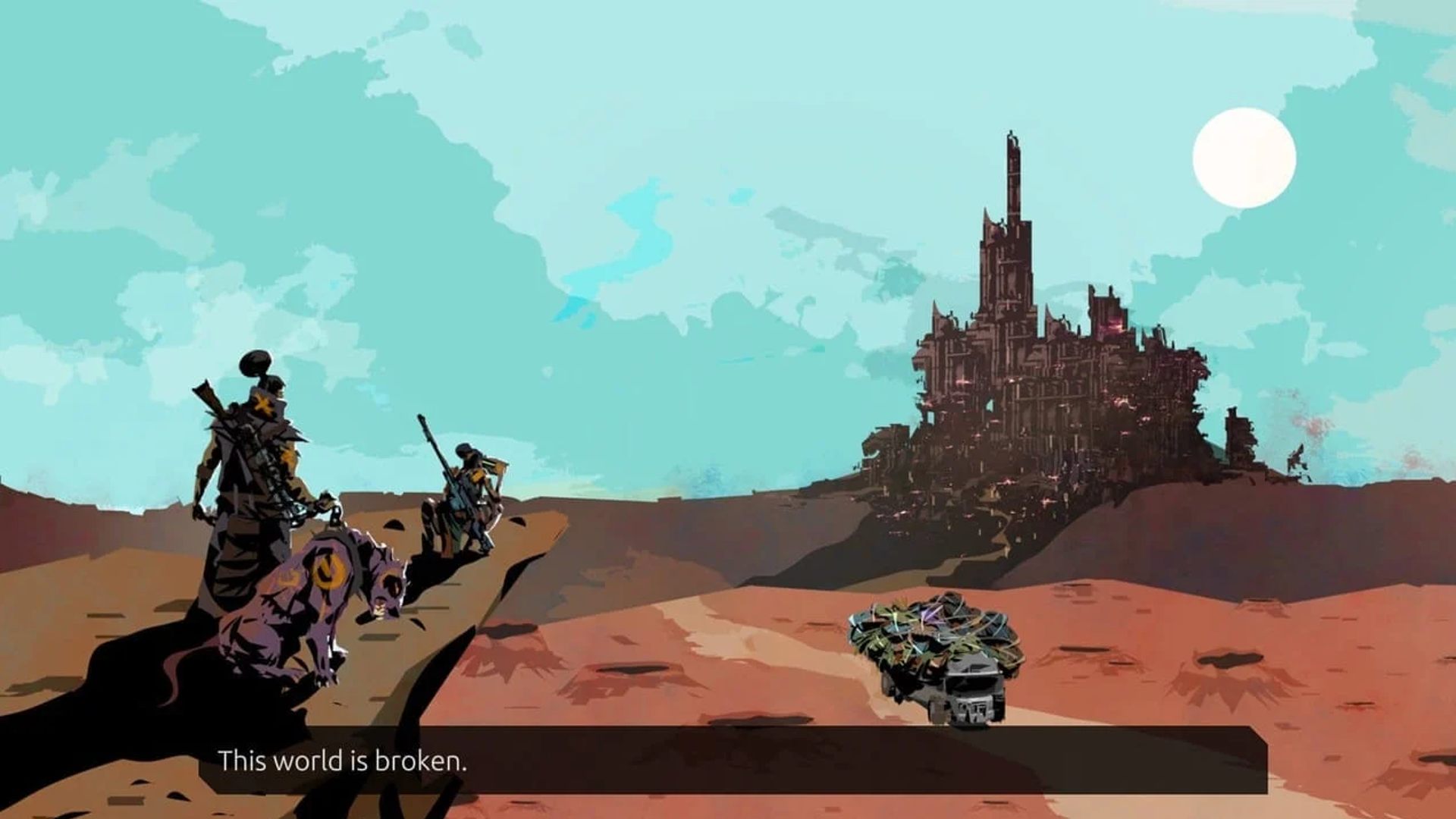
In this endless entropy, there is always rebirth. And Nowhere Prophet hints at it, not only in its roguelike cycle of life and death, as you take your chances across Soma. The possibilities abound as you cross the arid and boggy wastelands, taking out all the scum and clutter that blemish the landscapes. You are an agent of this Wheel of Life, doling out death to the dregs and redemption to the meek who inherit Soma.
You become a force of life yourself. And there is no escape from the freedom of life. The entire universe is a prison where we are born and reborn endlessly. No matter how much we yearn for Nirvana or Moksha, for the blank bliss of nothingness and the final Nowhere... We are condemned to freedom.
Nowhere Prophet looks into the far future through the lens of Indofuturism, and its reflection portends something horrible about the present. Can we decipher these cryptic and encrypted messages of machines and find our way back to a state of innocence? Are we too far gone in our corruption and depravity? Is humanity worth saving, worth redeeming? Is it our fate to forever thrive in the horror and pain of existence? Oppressive questions, no doubt, but we can rejoice that they arise from this great medium, often maligned and disdained as immature and pointlessly violent.
On a less morbid note, Nowhere Prophet is now out. If you haven't already, check out my review. I highly recommend it, especially if you're a fan of deckbuilding card games. This is a 9.5/10 game that will appeal above all to fans of more cerebral roguelike experiences and not so much the muscle-memory action. Even if you're not into card games, I'd suggest giving it a chance, especially for the narrative experience.
It won't be to everyone's taste, obviously, but if you're looking for a clever twist on science fiction tropes, this will be right up your alley. I've already started a new run and I'm excited to unlock new convoys and classes to discover new synergies. I think I've barely scratched the surface after over 30 hours of playtime.
This post was originally published in 2019 as part of our Bullet Points series. It's been republished to have better formatting and images.
Have a tip, or want to point out something we missed? Leave a Comment or e-mail us at tips@techraptor.net
